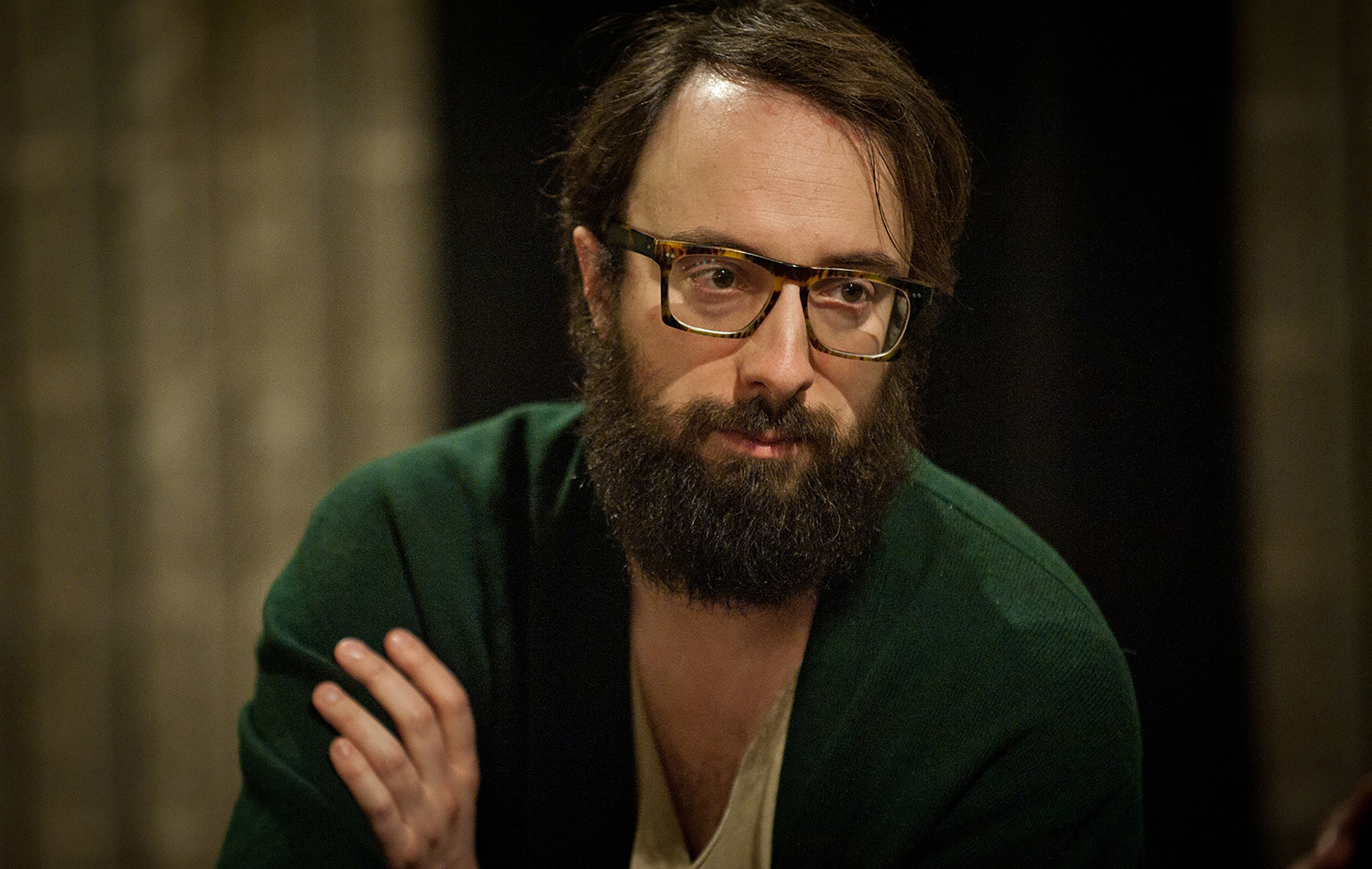Describe your studio/work practice.
My life/studio/work practice is a bit schizofrenic. I travel a lot, for studio visits, meetings, visit to exhibitions; those are days of social work and projects managing usually, which means a lot of phones and messages that became one of my bigger work tool unfortunately. I always try to save at least a couple of hours every day of intense writing, since there are always texts to finish and send. When I manage to be home (a little part of my life…) the days are split in two as much as possible in a clear way: half of the day I write, the other half is about organization and managing through mails, calls, texts etc etc. Its difficult to maintain the right concentration for writing with this life style. You need to sink a bit in the writing, to be a bit detached from the world outside, in order to have good results. The two parts of my job, lets call them the curator life and the art critic life are somehow opposed, but both of them are fundamental for me; maybe the art critic one even more.
What does participation in the Venice Biennale mean to you?
Becoming the curator of the Albanian Pavilion is for me an enormous joy and its a reward for many sacrifices in my life. Beside this I’m really happy to have the possibility for a country I always found fascinating and full of great artists. Moreover the whole east part of Europe has been for me always a big interest in my work, since I think is one of the area in the world producing the most today in term of art, creativity and ideas. And I’m really happy to have the possibility to do a national Pavilion with a painter and presenting paintings: a big part of my research is about painting today, and there are not so many national pavilions centered on painting in Venice.

What do you expect in terms of your career as a result of this participation?
No idea about it. Difficult to say. We will see. I’m also very “scaramantico” so I will never say anything about it.
Did you feel or sense anything during the application process or preparation that made you aware of being Central-Eastern European? If yes, what were the advantages or disadvantages of this? (eg.: financial aspect, reception)
We had a huge support from the country actually. And total freedom. I think with many countries, even with bigger possibilities in terms of system it wouldn’t have been like this. In the so-called western world there is a huge problem in terms of freedom and censorship. Today many countries coming from a past connected with the Soviet Union are more free in their art scene than the USA where everything that is seen as “problematic” is cancelled. Identity culture can be a killing of art, and people with a fresh memory of totalitarian regimes smell these problems immediately. When you are free there are no disadvantages.
Do you think there is such a thing as ‘Central-Eastern European-ness’ in the field of fine arts, similar to history, politics, and culture? If yes, in what ways?
There is for sure. You are talking about a huge world, a continent where every single country maintained a specific national culture, with big differences. But there is a certain “soul”. Central-Eastern-European have a different intensity compared with, lets call it, the Latin Europe: art there is more tough, arsh, with more edges and this is good; art is not decor, art is there to destabilize. At the same time art made in this part of the Europe is more complex, full of nuances, subtle, poetic and more deep than the art made in the “Protestant Europe”, which can be pretty boring and sometimes very flat.
As a curator at the Venice Biennale, did you notice any changes in yourself during the preparation? E.g: Has your attention, taste, or opinion changed? Has your range of interests expanded? If yes, in what way?
No, nothing different for the moment. But ask me this question again in November.
